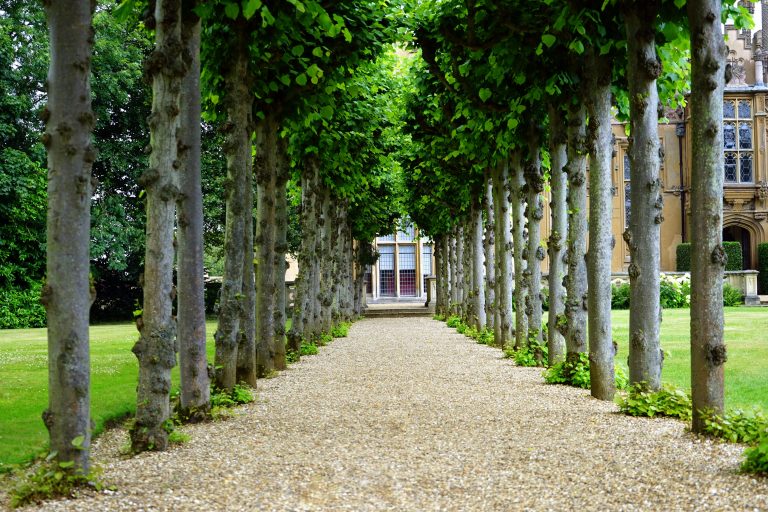The challenge of retrofitting historic properties with green technologies presents a unique intersection of preservation and sustainability. According to experienced estate agents in Shropshire, heritage properties that successfully balance historical character with modern environmental performance often command significant market premiums. This comprehensive analysis explores how property owners can achieve this delicate balance whilst maximising both financial returns and environmental benefits.
Understanding the Unique Challenges
Historic properties present distinct challenges when it comes to green retrofitting. These buildings were constructed in an era before energy efficiency became a consideration, often featuring single-glazed windows, solid walls without cavity insulation, and inefficient heating systems. However, they also often incorporate passive design elements that modern buildings sometimes overlook, such as natural ventilation and thermal mass.
Heritage Considerations
The process of retrofitting must carefully consider preservation requirements:
When working with listed buildings or properties in conservation areas, any modifications must receive appropriate permissions. This process requires demonstrating how proposed changes preserve or enhance the building’s character whilst improving its environmental performance. Think of it as similar to performing surgery—we must improve the patient’s health without altering their essential identity.
Traditional building materials often behave differently from modern ones. For instance, solid stone walls regulate moisture differently from cavity walls, requiring careful consideration when adding insulation. Understanding these characteristics helps prevent unintended consequences that could damage both the building and its historical value.
Financial Implications
Initial Investment Considerations
Green retrofitting historic properties typically requires significant upfront investment:
Professional Assessment Costs: A thorough survey by conservation architects and energy efficiency experts might cost £3,000-£5,000, but this investment helps prevent costly mistakes and ensures appropriate interventions.
Installation Expenses: Specialised solutions for historic properties often cost 30-50% more than standard retrofitting. For example, secondary glazing for a typical Georgian townhouse might cost £20,000-£30,000, compared to £12,000-£15,000 for standard double glazing in a modern property.
Long-term Financial Benefits
Despite higher initial costs, well-executed green retrofits often provide substantial returns:
Energy Cost Reduction: Careful retrofitting can reduce energy bills by 40-60%. For a large historic property spending £3,000 annually on heating, this represents savings of £1,200-£1,800 per year.
Property Value Enhancement: Historic properties with good energy performance typically command 10-15% premium over similar unimproved properties. This premium often exceeds the cost of improvements, particularly in prime locations.
Environmental Impact Assessment
Carbon Footprint Reduction
Improving energy efficiency in historic properties significantly reduces carbon emissions:
Heating Efficiency: Modern heating systems combined with appropriate insulation can reduce carbon emissions by 5-7 tonnes annually for a typical historic property.
Embodied Carbon Savings: Retrofitting existing buildings, rather than demolishing and rebuilding, saves significant embodied carbon. A typical Georgian townhouse contains about 80 tonnes of embodied carbon, equivalent to 16 years of operational emissions.
Resource Conservation
Retrofitting supports broader environmental goals:
Material Conservation: Preserving historic buildings maintains the embodied energy in existing materials. The environmental cost of manufacturing replacement materials often exceeds the energy savings from new construction.
Waste Reduction: Careful retrofitting generates significantly less waste than demolition and rebuild. A typical retrofit produces about 20% of the waste generated by an equivalent new build.
Technical Solutions and Approaches
Insulation Strategies
Improving insulation requires careful consideration of traditional building materials:
Internal Wall Insulation: Breathable materials like wood fibre boards or aerogel blankets allow moisture movement whilst improving thermal performance. These solutions typically cost £80-£100 per square metre but can reduce heat loss through walls by 40-50%.
Roof Insulation: Natural materials like sheep’s wool provide excellent insulation whilst maintaining breathability. A complete roof insulation project might cost £3,000-£4,000 but can reduce heat loss through the roof by up to 25%.
Window Treatments
Windows often present the greatest challenge in historic properties:
Secondary Glazing: Modern secondary glazing can reduce heat loss by 60-70% whilst preserving original windows. These systems now offer excellent thermal performance without compromising aesthetic value.
Draught-Proofing: Professional draught-proofing of original windows typically costs £200-£400 per window but can reduce heat loss by 15-20%.
Best Practice Implementation
Project Planning and Management
Successful retrofitting requires careful planning:
Phased Implementation: Breaking the project into stages helps manage costs whilst minimising disruption. A typical whole-house retrofit might span 2-3 years, allowing for careful monitoring of each intervention’s impact.
Expert Coordination: Successfully managing multiple specialists—from conservation architects to energy consultants—ensures interventions work together effectively.
Monitoring and Maintenance
Post-retrofit care ensures long-term success:
Performance Monitoring: Regular assessment of energy performance helps identify any issues early. Smart monitoring systems typically cost £500-£1,000 but provide valuable data for optimising performance.
Maintenance Planning: Establishing appropriate maintenance schedules ensures retrofitted systems continue performing optimally.
Future Considerations
Regulatory Environment
Understanding future requirements helps inform current decisions:
Evolving Standards: Energy efficiency requirements continue becoming more stringent. Forward-thinking retrofits should anticipate future standards rather than merely meeting current requirements.
Heritage Protection: Conservation policies increasingly recognise the need to balance preservation with environmental performance, potentially making future improvements easier to implement.
Technology Advances
Emerging technologies may offer new solutions:
Smart Climate Control: AI-driven systems can optimise heating and cooling whilst respecting historic fabric. These systems learn building behaviour over time, continuously improving efficiency.
Advanced Materials: Development of new materials specifically designed for historic buildings may provide better solutions for common retrofitting challenges.
Conclusion
Green retrofitting historic properties requires carefully balancing preservation, performance, and cost. Success demands thorough understanding of both building physics and heritage value, combined with careful selection of appropriate interventions.
The financial investment, while significant, often proves worthwhile through reduced operating costs and increased property value. Meanwhile, the environmental benefits extend beyond individual properties to contribute to broader sustainability goals.
For property owners considering green retrofits, the key lies in careful planning, appropriate expert involvement, and patience in implementation. When executed properly, these projects can create buildings that honour their heritage whilst meeting modern environmental standards.


